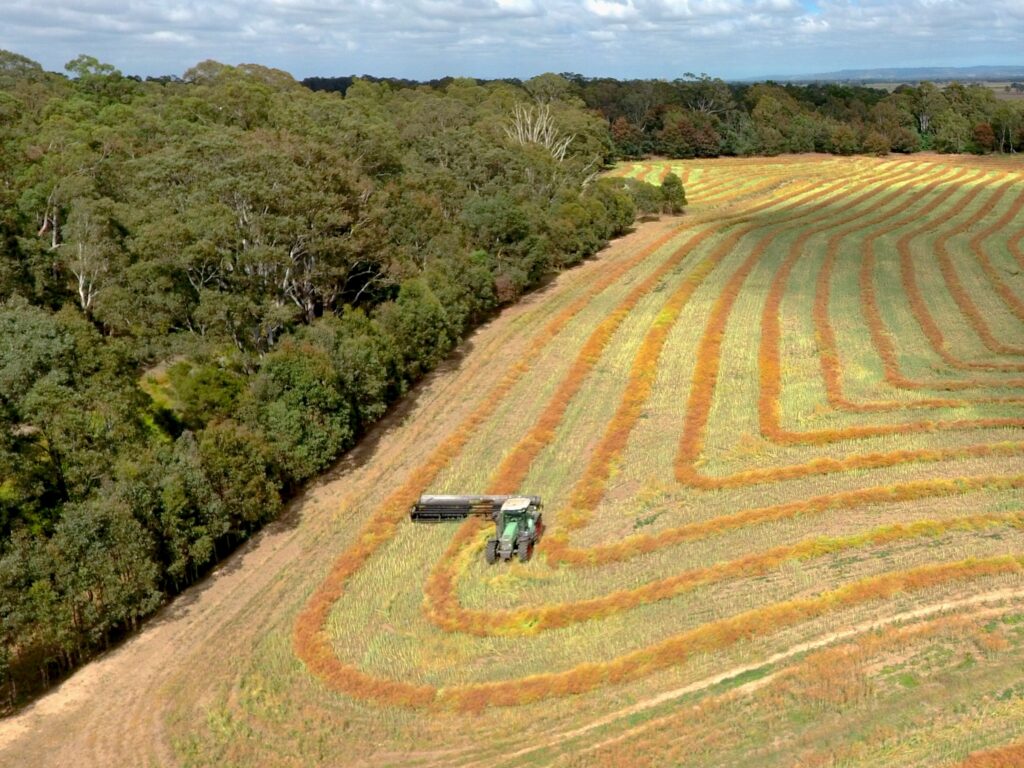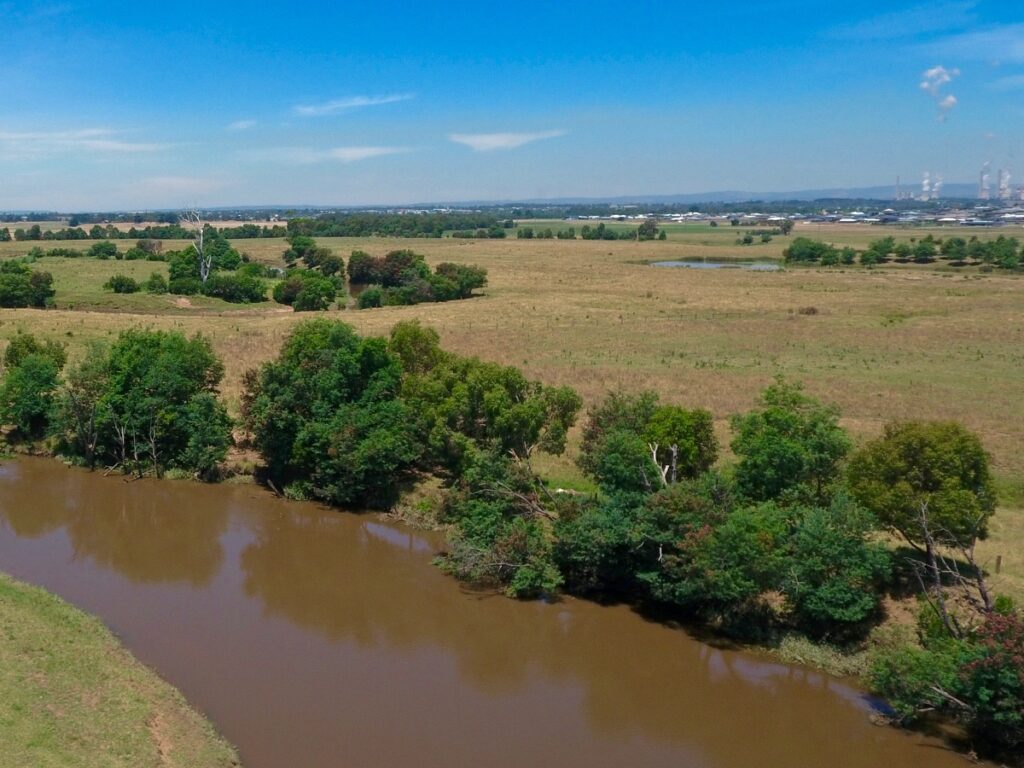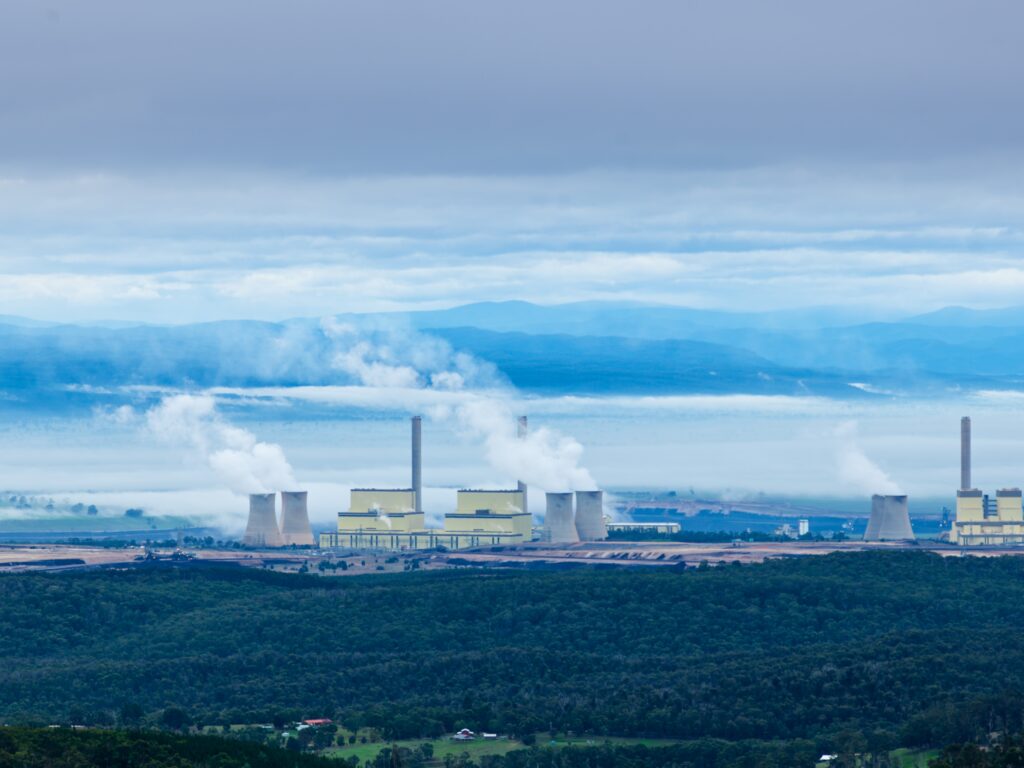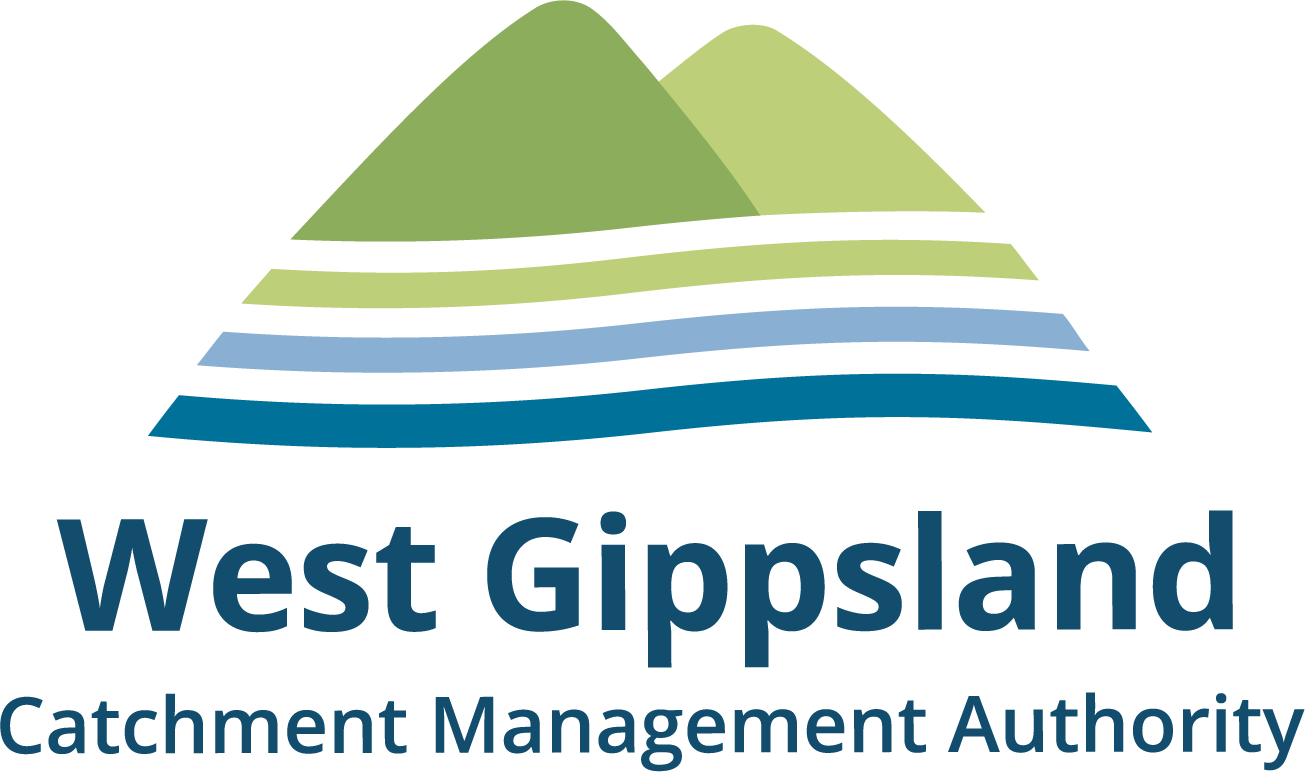Latrobe Valley water future
If you’re confused about everything going on in the Latrobe Valley, and the implications for the Durt’Yowan (Latrobe River), you’re not alone.
From mine rehabilitation plans, to water reallocation to developing the vision for the water future for the Latrobe Valley – there’s a lot happening. Luckily West Gippsland CMA’s Strategic Lead – Latrobe, Anthony Goode (Goodie) is here to bring us up to speed as we continue our work to restore Durt’Yowan from a working river to a river that works again.
In summary:
- Public consultation on the environmental effects of the Hazelwood Rehabilitation Project will open later this year. We’ll keep you posted on your chance to have input
- 16 gigalitres of water (that’s 16 billion litres) previously reserved for future mine expansion will be reallocated to Traditional Owners, irrigators and the environment
- Organisations across Gippsland’s water sector are scoping a joint vision and plan for the water future of the Latrobe River. This is an exciting opportunity to reimagine the water future of the Latrobe for the benefit of the whole Gippsland community and environment. We’ll also keep you posted on how this partnership is progressing and how you can be involved.



The story so far…
Mine closures
The Latrobe Valley is undergoing a significant transition with the closure of the three brown coal mines.
- Hazelwood mine has already closed and the Hazelwood Rehabilitation Project is underway. An Environment Effects Statement is being prepared and community members will have the chance to provide feedback when the public consultation phase opens later this year
- Yallourn and Loy Yang mines are due to close in 2028 and 2035 respectively.
In 2023, Department of Energy, Environment and Climate Action (DEECA) released the Latrobe Valley Regional Rehabilitation Strategy Amendment. The Amendment provides guidance to the mine operators and stakeholders regarding the process for mine closure planning. Importantly for the River, the Amendment provides guidance on the conditions under which the mine operators will be able to take water from the river for mine rehabilitation.
Challenges and opportunities
The mine closure process will present significant water resource challenges to the River system, yet it also provides new opportunities.
Central and Gippsland Region Sustainable Water Strategy (SWS). This is the Victorian Government’s guiding strategy for water resource management. The Strategy recognises the significant shortfall of water for the environment and provides policy direction to help address shortfalls over time.
An important first step in the process is the reallocation of the Loy Yang 3-4 Bench Bulk Entitlement. This is water that was reserved for future mine expansion that is no longer required. The Central and Gippsland Region SWS has committed to reallocating 16 gigalitres of the bulk entitlement, under an equitable sharing arrangement, between the Gunaikurnai Land and Waters Aboriginal Corporation (GLAWAC), irrigators (via Southern Rural Water) and the environment.
The strategy also recommended that Gippsland’s water sector collaborates on a shared vision and plan for the water future of the Latrobe involving:
- DEECA
- GLaWAC
- Gippsland Water
- Southern Rural Water
- West Gippsland CMA.
This partnership offers an exciting opportunity to reimagine the water future of the Latrobe for the benefit of the whole Gippsland community and environment.
Community input will be integral to the success of this project and engagement opportunities are expected later this year. We will keep you updated.
Playing our part for Durt’Yowan (Latrobe River)
West Gippsland CMA is working with Traditional Owners, government, community groups and partner organisations to continue the long process of restoring Durt’Yowan (Latrobe River) from a working river to a river that works again.
- Our strategy ‘Transformation of the Latrobe: Pathways for the Latrobe River System’ outlines our plans to achieve this.
- Our short film, Durt’Yowan: The Life Source, tells the story of the river and why it’s so important that we protect, restore and care for it.



